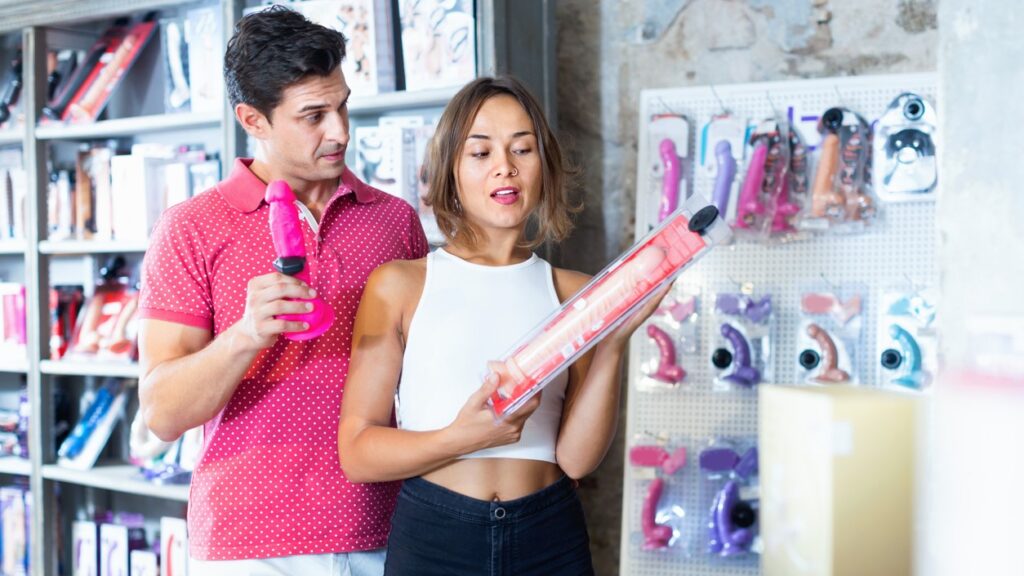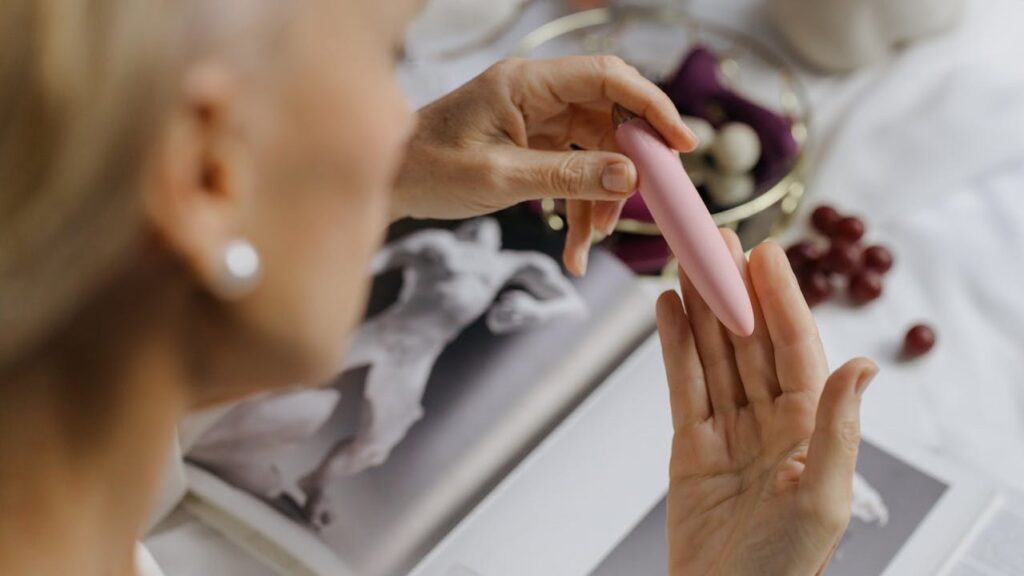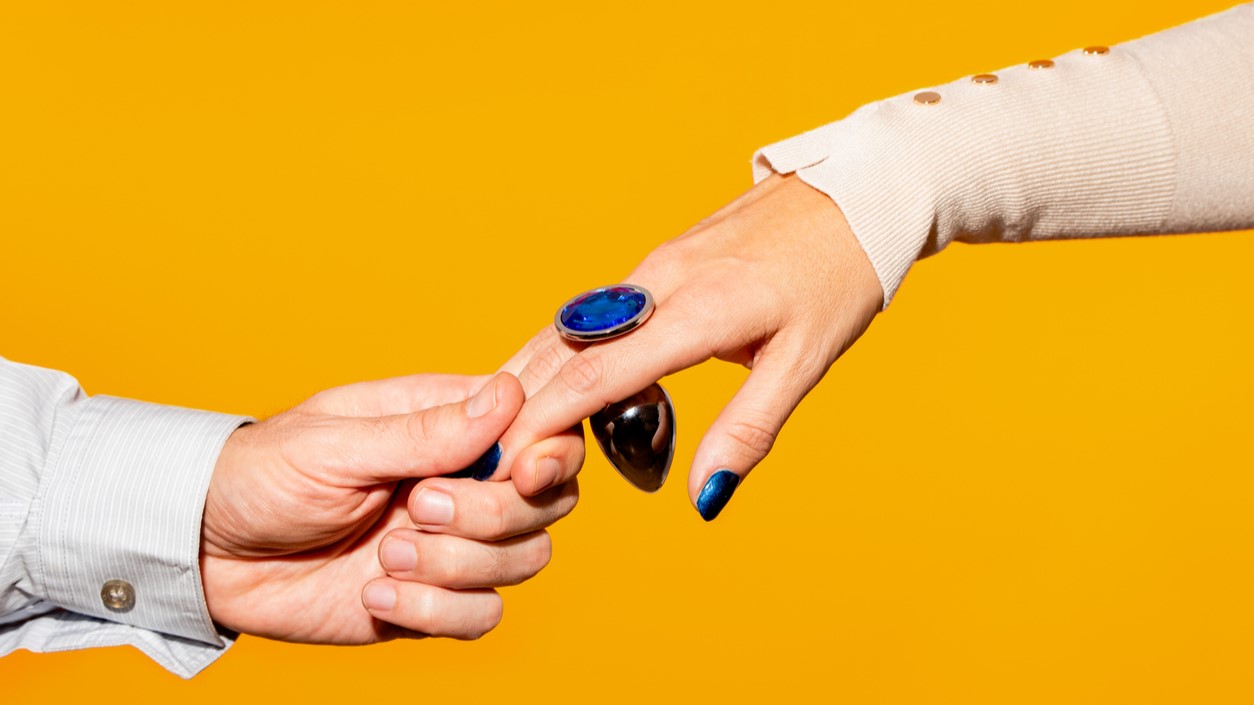Sex toys have become remarkably accessible due to lower costs and mainstream acceptance. As a result, they’re expanding opportunities for both solo and partnered sexual exploration.
Published in The Journal of Sex Research, a large-scale study spanning six European nations investigated how people use these devices, alone and with others.
The second in a three-part series unpacking a goldmine of data, this article digs deeper into results linking sex toys to increased happiness and sexual satisfaction.
The study
To unravel the perks of sex toys, researchers at the University of Copenhagen explored how often people use them by themselves and with partners.
They aimed to uncover demographic trends and factors linked to greater fulfillment.
Sponsored by Danish sex toy retailer Sinful ApS the study surveyed nearly 12,000 people from Denmark, Norway, Sweden, Finland, France, and the UK.
Respondents shared demographic information and details on their ownership and use of sex toys. They were also asked to rate their satisfaction levels with their sex lives, relationships, and life overall. Response options ranged from “very satisfied” to “very dissatisfied.”
The findings

Whether someone is single or in a relationship, sex toys are popular.
In fact, the study revealed most sex toy owners use them either alone or with a committed partner (55–65%). Only a minority, about 10–15% of respondents, use sex toys with casual partners.
While education level did not affect sex toy ownership, results showed people with more education used sex toys alone more often.
Age, gender, sexual orientation, and relationship and parental status were also related to sex toy use
Age and gender
Younger people and women reported using sex toys alone more often than other groups. Men used them more frequently with partners.
Sexual orientation
The results showed heterosexual individuals use sex toys alone less frequently than those who identified as bisexual or homosexual.
Heterosexual individuals also reported using sex toys with a partner less often than homosexual individuals.
Relationship status and experience
People with more lifetime sexual partners tend to use sex toys alone more often.
However, individuals in relationships and living with their partners use sex toys alone less frequently than singles and couples who are not living together.
Conversely, people in longer-term relationships use sex toys with a steady partner less often.
Parental status
People without children both use sex toys alone and with a partner less frequently than those with children, regardless of whether the children live at home.
The role of sex toys in boosting sexual, life, and relationship satisfaction
Owning sex toys was linked to higher sexual, relationship, and life satisfaction. Furthermore, higher rates of sex toy use with partners resulted in higher satisfaction levels in these three domains.
Yet, owning a greater number of sex toys was only associated with higher sexual and life satisfaction. The same was true for higher rates of using sex toys alone.
Satisfying future inquiries

Sex toys open gateways to deeper satisfaction.
The researchers investigated how people use sex toys, either alone or with a close partner. They uncovered women, younger people, and those with more lifetime sexual partners enjoy using sex toys alone more frequently.
On the other hand, homosexual respondents used sex toys with partners more often than heterosexual respondents. Yet people with children used sex toys both alone and with others more often than those without children.
Sex toys were also linked to greater satisfaction. For example, owning and using sex toys with partners increased sexual, relationship, and life satisfaction. Owning more sex toys and using them alone were also associated with higher sexual and life satisfaction.
Researchers encourage future studies investigate the bidirectional relationship between using sex toys with a partner and satisfaction. They hypothesize satisfaction might also motivate the use of sex toys.
In the final article of the series, we’ll unpack the trends in sex toy ownership and use by country.
Featured Image Source: iStock



